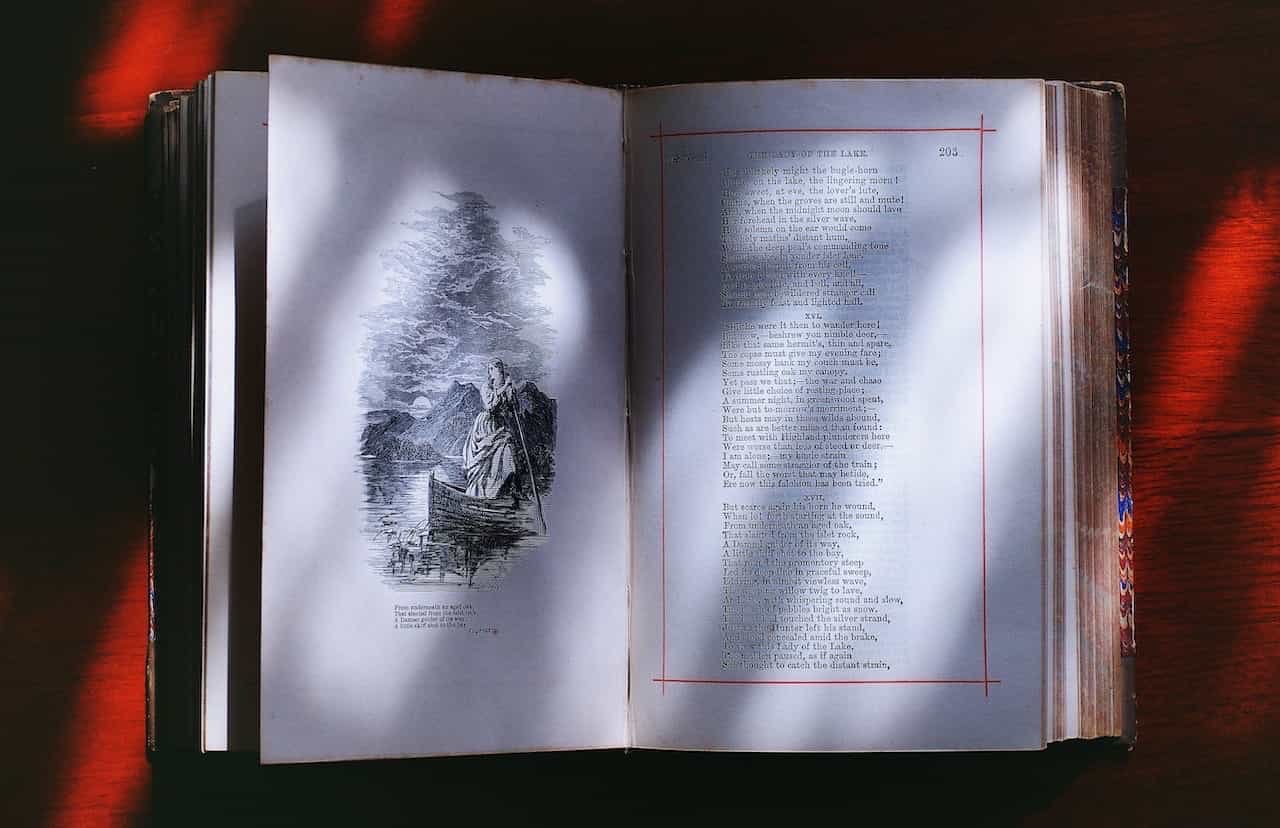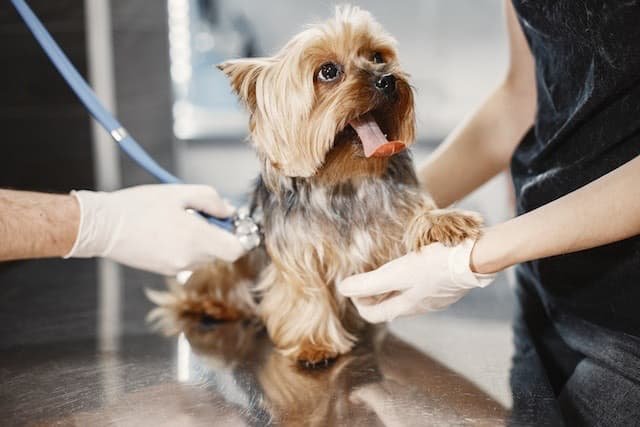TABLE OF CONTENTS
Diseases of the Respiratory System in Animals
The diseases or disorders of the respiratory system in animals are hypoxia, nasal discharge, epistaxis, hemoptysis, abnormal respiratory sounds, respiratory distress, pulmonary congestion, etc.
The respiratory system, comprised of the upper and lower respiratory tract, carries out the most important function of gaseous exchange, in which environmental oxygen is exchanged with carbon dioxide. Apart from this, it also performs numerous other functions, like entrapping emboli and its destruction, activation of angiotensin, metabolization of bioactive substances, e.g., serotonin, PG, steroids, sense of smell, etc.
Diseases of the respiratory tract in animals are commonly encountered in routine clinical practice and therefore form an important clinical entity for clinicians.
Principle Manifestations of Respiratory Insufficiency
The functional integrity of the respiratory system depends on its ability to exchange oxygen in place of carbon dioxide from the venous circulation. Therefore, the failure of adequate oxygenation of tissues is a sign of respiratory insufficiency and is termed as hypoxia.
Clinical hypoxia can be of four types:
- Anaemic hypoxia: reduced oxygen carrying capacity of the blood seen in nitrite poisoning and carbon monoxide poisoning.
- Anoxic hypoxia: insufficient alveolar ventilation seen in strangulation, lung disease.
- Stagnant hypoxia: reduced blood flow seen in CHF
- Histotoxic hypoxia: the inability of tissues to utilise oxygen encountered in cyanide poisoning.
Nasal Discharge in Animals
Serous, mucoid, and mucopurulent nasal discharge are usual indications of respiratory tract diseases in cat, dog, etc.
- Mucoid and serous discharge: Indicate acute inflammatory diseases
- Mucopurulent: Always suggest secondary bacterial invasion
A close inspection of the nasal cavity helps in determining the origin of nasal discharge. Unilateral discharge suggests a local problem, while bilateral indicates systemic involvement.
- Epistaxis: bleeding from the nose; if it is profuse, then called rhinoraghia.
- Haemoptysis: coughing of blood, usually from the lower respiratory tract.
Various type of Abnormal breathing
Various types of abnormal breathing are:
- Polypnea: rapid breathing.
- Tachypnoea: very rapid and shallow breathing.
- Hyperpnea: an abnormal increase in rate and depth of breathing, but not up to the point of labour.
- Dyspnoea: difficult or laboured breathing and can be of two types.
Exploratory and Inspiratory Dyspnea
Exploratory dyspnea: prolonged and forceful respiration associated with chronic obstructive lower airway disease (COPD).
Inspiratory dyspnea: prolonged and forceful inspiratory effort associated with the obstruction of the upper respiratory tract (laryngeal paralysis, obstruction, collapse of tracheal rings).
Abnormal Respiratory Sounds
- Crackles: popping or bubbling sounds originating from the lungs and suggestive of the presence of oedematous exudate in the alveoli and bronchi.
- Wheezes: a continuous squeaking or whistling sound caused by the passage of air through a narrowed airway. These are suggestive of the presence of tenacious exudates or a narrowing of the airways.
Pleuritic functional sounds are produced due to the rubbing of the parietal and visceral surfaces against each other, which are more pronounced during expiration and are suggestive of pleuracy or diffused pulmonary emphysema.
Absence of lung sounds or a silent lung is suggestive of a space-occupying lesion in the thoracic cavity or consolidation of the lungs.
Coughing is an explosive expulsion of air from the lungs that is initiated by stimulation of the cough centre located in the medulla oblongata due to irritation of sensory receptors in the airways. A productive cough suggests the presence of an exudative lesion, and there is expulsion of mucous and inflammatory debris.
Cyanosis (bluish discoloration) of the visible mucosa is indicative of serious respiratory insufficiency. Common causes of cyanosis include congenital heart disease and all types of hypoxia.
Diagnostic Approaches to Respiratory system disease in Animals
Clinical Examinations of the Patients
A clinical examination of a patient suspected of having a disorder will definitely reveal a history of poor working performance, early exhaustion, abnormal breath sounds, and the presence of one or other clinical evidence like nasal discharge, respiratory distress at rest, or coughing. A thorough physical and clinical evaluation of the patient will help the clinician pinpoint the ongoing illness for which auscultation is the most important and indispensable tool.
Special Technique
Nasopharyngeal swabs, percutaneous trans-tracheal aspiration, and bronchoalveolar lavage are used as special diagnostic techniques in the diagnosis of respiratory tract dysfunction.
Elevated absolute neutrophil count in bronchoalveolar lavage fluid (BALF) is considered a diagnostic feature of COPD in horses. Similarly, the presence of hemosiderophages in the BALF in thoroughbred horses is suggestive of pulmonary haemorrhage.
Use of fibre: the optic endoscope has improved the diagnostic skill of the physician and is routinely being used in canine and equine practice. Flexible fiberoptic endoscopes have the clinical advantages of non-invasiveness, visual inspection of airways, and sample collection with minimal contamination.
Thoracic radiography is a valuable diagnostic tool for diseases of the lungs and helps in detecting atelectasis, consolidation of the lung parenchyma, space-occupying lesions, and pleural effusions. Ultrasonography has limited use but can be used for guided thoracentesis.
Pulmonary Function Tests
Caprography means measurement of the carbon dioxide content of breath. The measurement of respiratory volume, residual air, and vital capacity of the lungs is referred to as spirography.
Treatment of Respiratory Diseases in animals
- Selection of antibiotics: a course of antibiotics is essential to counteract bacterial invasion. The choice of antibiotic depends on the cost-effectiveness ratio, the sensitivity of microorganisms, and the effective penetration of the drug. Parenteral use of any one of the following can be of choice under field conditions
- The provision of a comfortable, well-ventilated environment during convalescence brings about early recovery.
- The use of antihistamines (chlorpheniramine maleate) is beneficial to antagonise the deleterious effects of histamine and other substances.
- Respiratory stimulants like carbon dioxide, nikethamide, leptazole, caffeine, and amphetamine are widely used. Doxopram hydrochloride, a centrally acting respiratory stimulant, is commonly used to antagonise respiratory depression in equine practice.
- Mucokinetic drugs and bronchodilators have effective mucociliary clearance and better penetration. Antibiotics are used in the treatment of respiratory disease. Bromhexine and theophilline are the drugs of choice. Beta-adrenergic agonist bronchodialator, e.g., clenbuterol, is used in the treatment of COPD.
- Expectorants are indicated to expel mucus from the respiratory tract. Sedative expectorants containing ammonium chloride are used in exhaustive, feracious coughs, whereas codeine or dextrametharphan-containing expectorants are indicated. non-productive cough to suppress cough centres.

